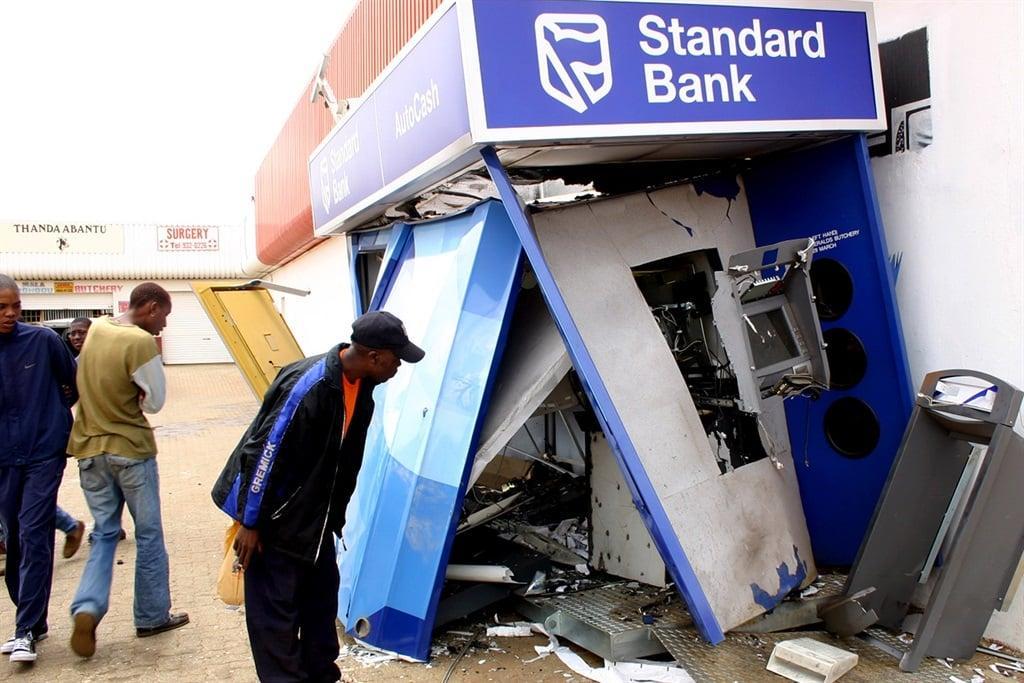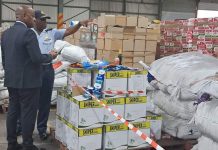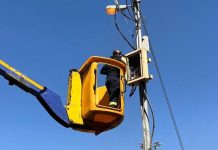Africa-Press – South-Africa. Criminals attacked 333 ATMs with explosives in South Africa last year, with the perpetrators often choosing to flee with bags of dye-stained banknotes.
ATM bombings have been increasing by about 20% a year for the past few years, according to the South African Banking Risk Information Centre (Sabric). There were 178 such attacks in 2019, 214 in 2020, and 271 in 2021.
The explosives used in ATM attacks are often brought into the country from Zimbabwe. Organised crime syndicates then use them to blow up ATMs, attack cash in transit vehicles, and for illegal mining operations.
ATM bombers are typically heavily armed and often engage in deadly shootouts with police or security guards while fleeing with their spoils. Gangs are also known to try to kill potential witnesses before carrying out bombings.
In just over half the ATM bombing incidents last year, the explosion breached the ATM’s safe, meaning the robbers could get away with some of the cash. Sabric said that banks lost R32 million in cash from the attacks.
The group said that robbers often kept cash that had been dye-stained, even though this technology was supposed to make the money unusable.
Sabric previously explained how the technology works, saying that ATMs hold cash in special containers that protect banknotes with dye-stain technology that is activated when someone tries to break open the container.
“Once activated, the cash is stained with a green dye, thus defacing the notes, rendering them unusable as currency.”
The stained notes are supposed to have no monetary value.
A majority of ATM attacks of all kinds occurred in Gauteng last year, with a total of 228 ATMs attacked in the province. This figure includes attacks by means other than bombings, such as using angle grinders or cutting torches.
The North West was next in line with 48 incidents.
While the number of attacks on ATMs using explosives grew in 2022, incidents using cutting torches decreased from 14 in 2021 to nine last year. Attacks with angle grinders, meanwhile, fell from 50 to 32.
For More News And Analysis About South-Africa Follow Africa-Press






